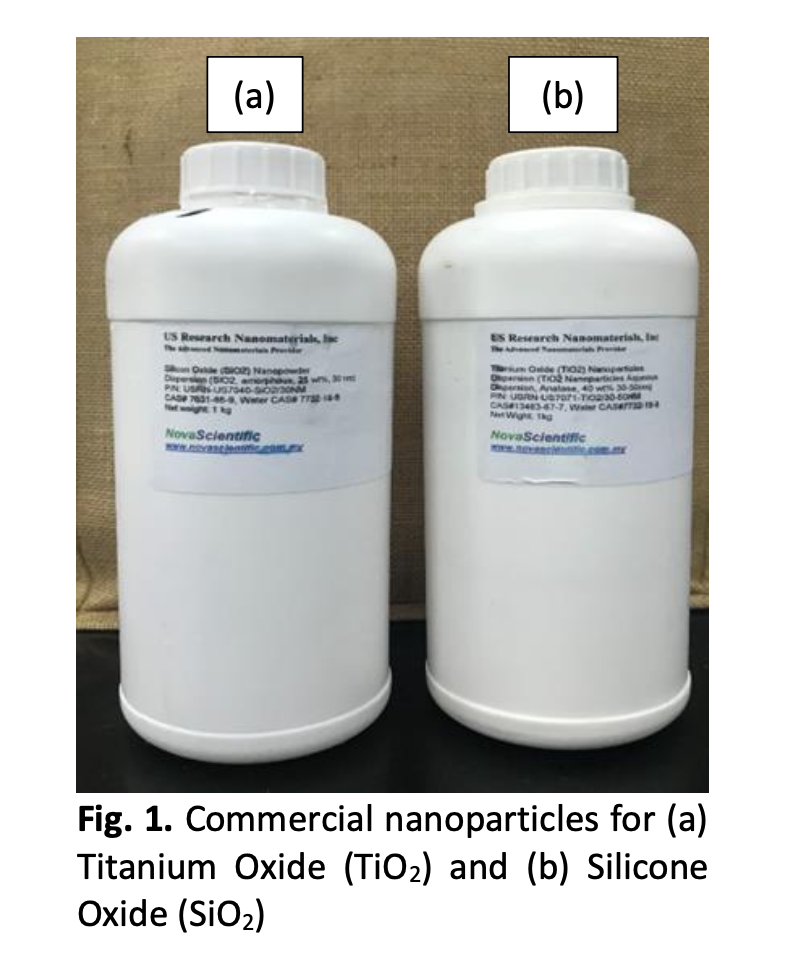Experimental Study on Thermo-Physical Properties of TiO2-SiO2 Nanofluids (70:30) in Water/Ethylene Glycol Mixture
DOI:
https://doi.org/10.37934/arfmts.108.2.200214Keywords:
Dynamics viscosity, hybrid nanofluids, stability, temperature, thermal conductivityAbstract
Nanofluid is a solid particle that does not have a larger size than the 100 nm diffusion in the liquid. Its use can improve the nanofluids properties versus base fluid. More recently, many researchers are keen to know more about the combination of nanoparticles either two or more because of its effect to increase heat transfer in liquid heat. Thus, preparations between Silica (SiO2) and Titania (TiO2) in water (W) and ethylene glycol (EG) were carried out experimentally in volume concentrations between 0.3 and 1% and temperatures between 30-70 °C and 60:40 (Water: EG); 70:30 (TiO2-SiO2) with one step method. Thermal conductivity is measured by heat and viscosity method with viscometer equipment. Thermal conductivity results show that the increase with different temperatures. However, dynamic viscosity decreases with different temperatures. Studies show that hybrid nanofluids between SiO2 and TiO2 have an excellent thermal conductivity at a volume of 1.0% and a temperature of 70 °C indicating a right combination of nanofluid TiO2-SiO2.
Downloads






























